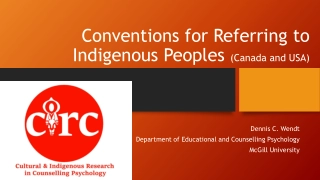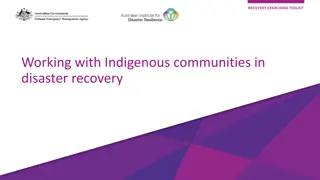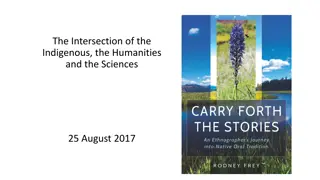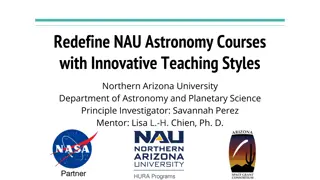Exploring Indigenous Art: Tarnanthi 2020 Open Hands Education Resource
This educational resource showcases ten artists featured in Tarnanthi 2020: Open Hands, highlighting Aboriginal and Torres Strait Islander histories and cultures. It offers insights into the artists' works, connections to Country, and the importance of passing down cultural knowledge. Students are encouraged to engage with various art forms and themes, fostering a deeper understanding of cultural practices and perspectives.
Download Presentation

Please find below an Image/Link to download the presentation.
The content on the website is provided AS IS for your information and personal use only. It may not be sold, licensed, or shared on other websites without obtaining consent from the author. Download presentation by click this link. If you encounter any issues during the download, it is possible that the publisher has removed the file from their server.
E N D
Presentation Transcript
Introduction This education resource highlights ten artists who feature in Tarnanthi 2020:Open Hands. It can be used as a starting point in the classroom for students to learn about Aboriginal and Torres Strait Islander histories and cultures or as a companion to your Gallery visit. We highly recommend using the online resource where possible as you will have access to videos with ease and a wider range of images. Open Hands pays tribute to the work of senior artists who pass on vital cultural knowledge to younger generations as the future leaders of their Aboriginal and Torres Strait Islander communities. Through the act of making, they channel deep connections to Country and culture as they relate knowledge and expertise, stories and experiences. Through a variety of media including painting, works on paper, photography, moving image, sound installation, weaving, ceramics and sculpture Open Hands honours the ongoing and often unseen work of women in communities to maintain culture. The making and responding suggestions of this resource are linked to the key themes within each artist s work and provide ideas that relate to the world of your students. Through this, students are invited to explore and compare cultural knowledge, beliefs and practices and develop multiple perspectives. detail, Betty Muffler at Iwantja Creek, 2020; image courtesy the artist and Iwantja Arts; photo: Meg Hansen. 2
Getting Started Watch the Tarnanthi Teacher Briefing Watch the Tarnanthi Launch Listen to the Tuesday Talk with Nici Cumpston In the classroom On a map of Australia, locate where each of the artists featured in Tarnanthi 2020: Open Hands is from. You might begin with the artists highlighted in this resource: Sonja Carmichael and Elisa Jane Carmichael, Naomi Hobson, Trudy Inkamala, Helen Ganalmirriwuy Garrawurra and Betty Muffler. Consider the environment, including the climate, where each of these artists lives and makes their works. What connection can you see between where they live and what they make? Nici Cumpston OAM, Artistic Director Tarnanthi, Curator of Aboriginal and Torres Strait Islander Art featuring Quandamooka djagan marumba (Quandamooka country is beautiful) by Sonja and Elisa Jane Carmichael, Tarnanthi 2020: Open Hands, Art Gallery of South Australia 3
Using artists as a starting point See the comprehensive resources featuring: Betty Muffler Naomi Hobson Sonja and Elisa Carmichael Milingimbi weavers Lena Yarinkura Mandy Batjula Gaykama u, Gupapuy u-Gaykama u people, Northern Territory, born 1980, Gove, Northern Territory,Djirri i imi irr (Garrawurra conical basket), Bi i'yunawuymi irr (painted conical basket) and Djirri i imi irr (Garrawurra conical basket), 2020, Yurrwi (Milingimbi), Northern Territory, pandanus, earth pigments, 28.5 x 12.5 cm (diam), 25.0 x 13.0 cm (diam), 16.0 x 21.0 cm (diam.); Courtesy of the artist and Milingimbi Art and Culture, photo: Grant Hancock. 4























